商品の詳細









未使用の良いお品だと、祖母から譲り受けました。
金具に刻印がありますが、写真(10枚目)でご確認下さい。
サイズ11号
直径約10
長期保管品の為、気付かない小キズや汚れがあるかもしれません。
ご理解のいただける方のご購入よろしくお願い致します。
コメントお気軽にどうぞ!
お値下げしました。
#サンゴ
#コーラル
#coral
#珊瑚
商品の情報
| カテゴリー: | ファッション>>>レディース>>>アクセサリー |
|---|---|
| 商品のサイズ: | |
| ブランド: | |
| 商品の状態: | 新品、未使用 |
| 配送料の負担: | 送料込み(出品者負担) |
| 配送の方法: | らくらくメルカリ便 |
| 発送元の地域: | 京都府 |
| 発送までの日数: | 1~2日で発送 |
商品の説明
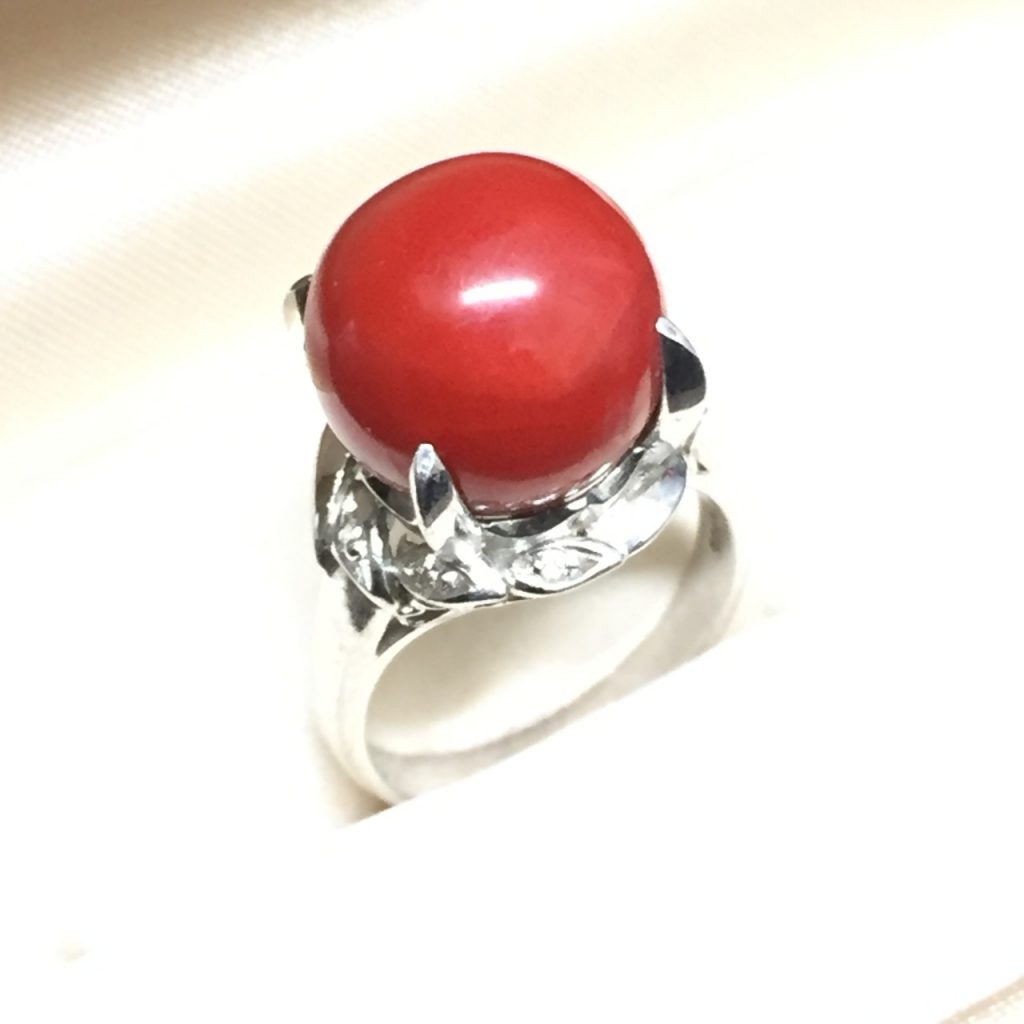
血赤 天然珊瑚 プラチナリング即購入も有り難いのですが - リング
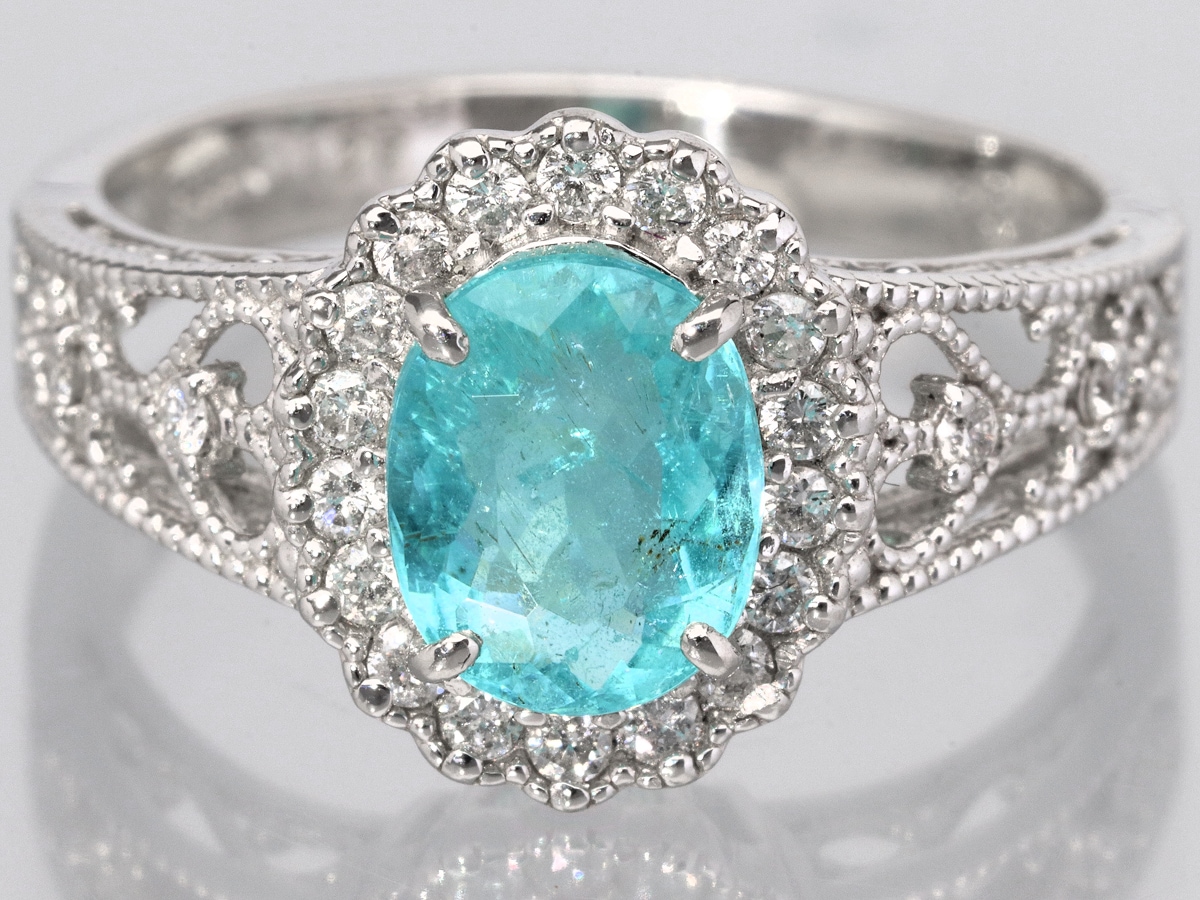
肌触りがいい 珊瑚 大玉リング 指輪・リング -

重さ約350g18k YG 天然珊瑚リング コーラル 指輪 - リング

プラチナ 珊瑚 リング No.19111魔除け - リング(指輪)

未使用Pt900 ダイヤ付0.10ct 赤珊瑚デザインリング15号 指輪 鑑別付

14K YG リング 指輪 12号 サンゴ 総重量約1.6g 美品 送料無料☆0315-

2024年最新Yahoo!オークション -珊瑚 リングの中古品・新品・未使用
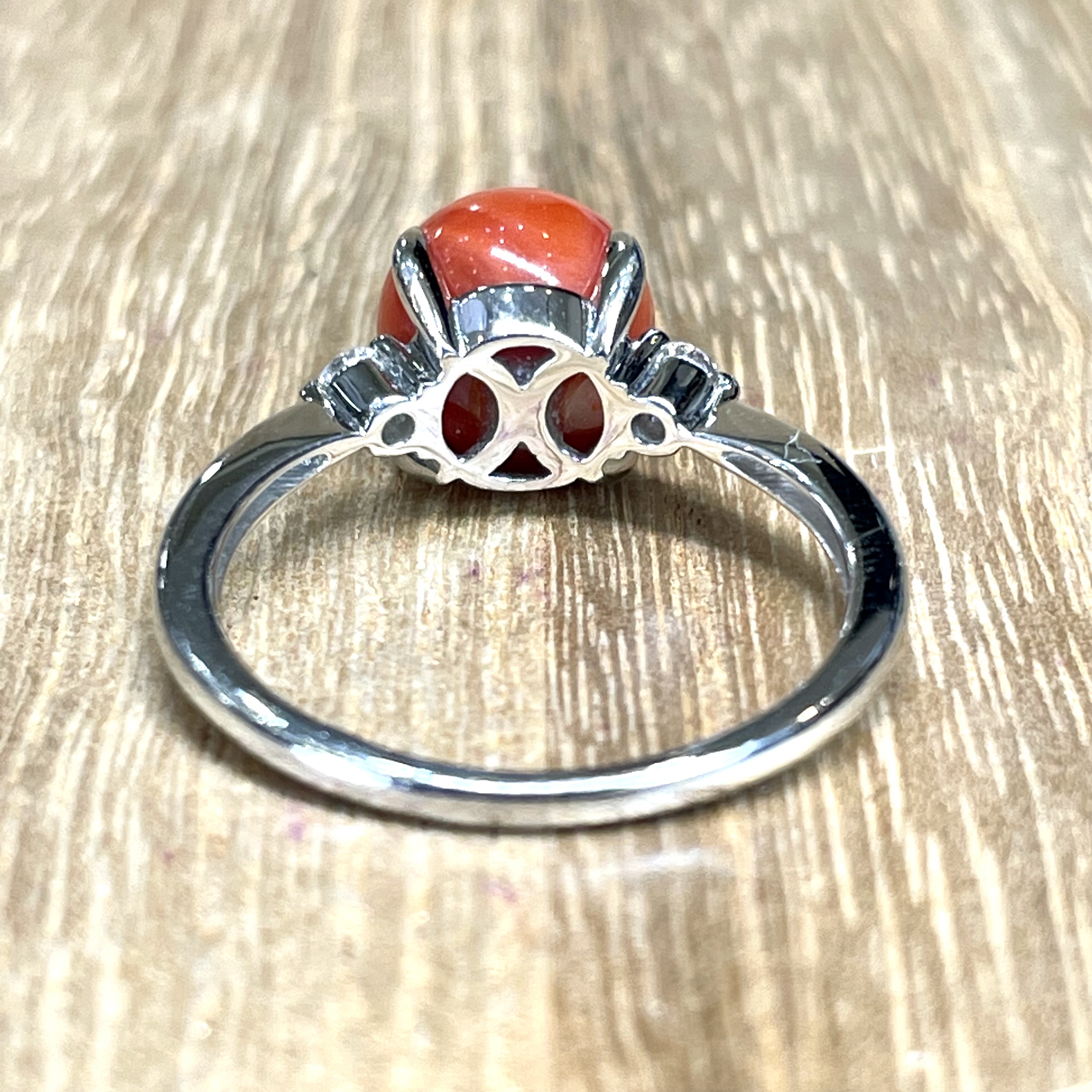
未使用Pt900 ダイヤ付0.10ct 赤珊瑚デザインリング15号 指輪 鑑別付
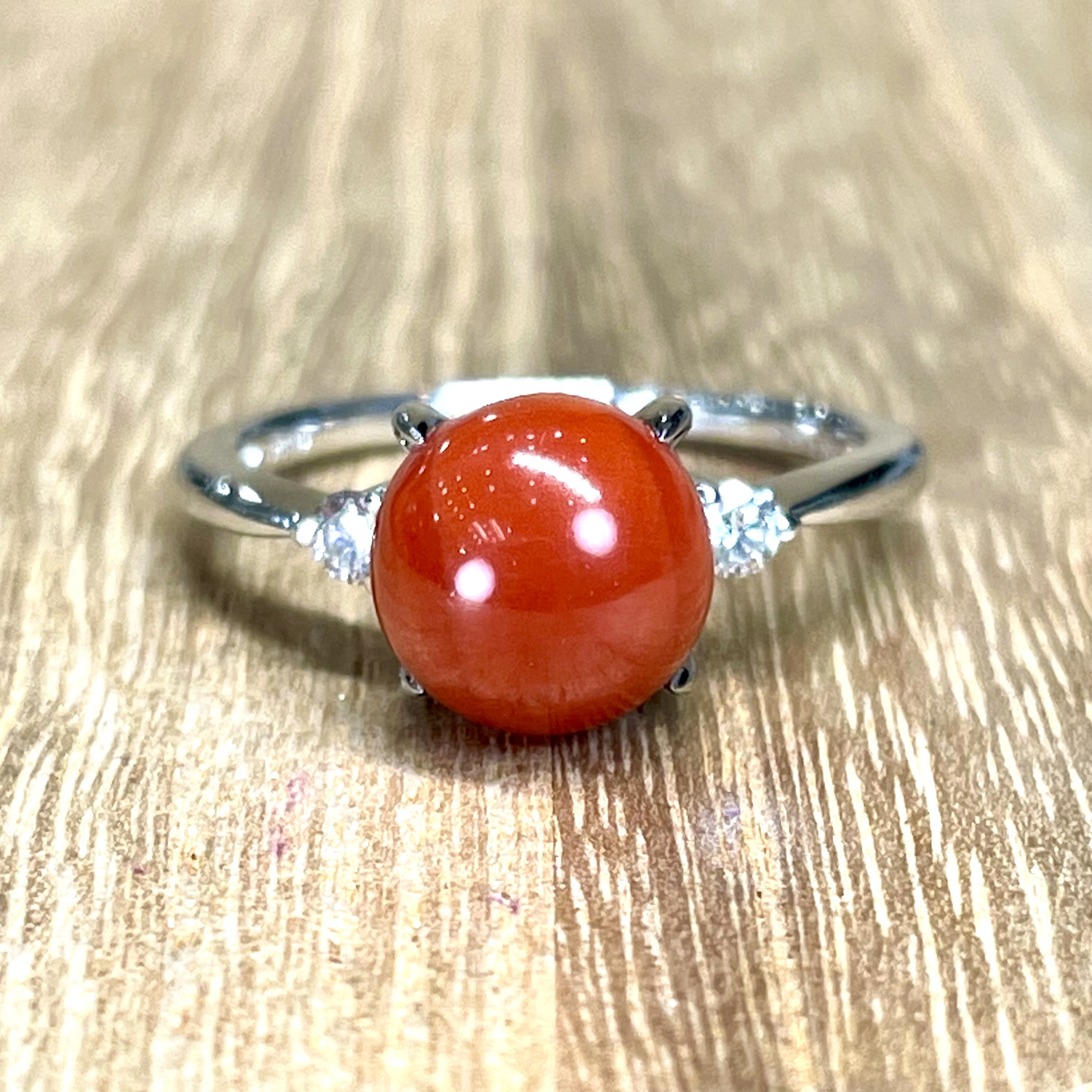
未使用Pt900 ダイヤ付0.10ct 赤珊瑚デザインリング15号 指輪 鑑別付

赤珊瑚 シルバーウォッチ - 腕時計、アクセサリー

感謝価格 珊瑚のリング♡ 新品未使用 |

新品未使用・ヴィンテージ品》ピンク本珊瑚 シルバー刻印入り リング

未使用淡いピンク珊瑚指輪 フリーリング バラの花コーラルリング

新しい季節 K18 天然血赤本珊瑚 指輪リング 14.5号(A136
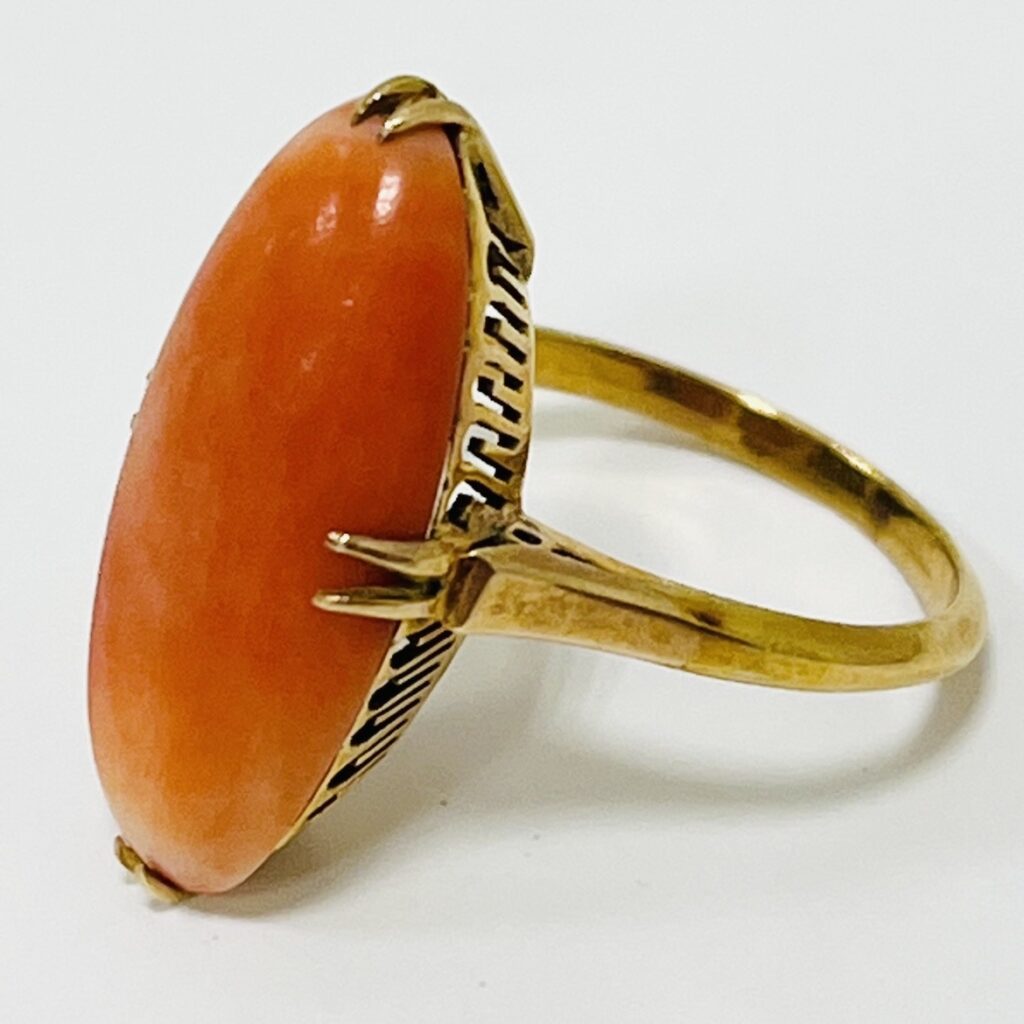
沖縄 珊瑚 K18 指輪新品未使用 - リング
最新のクチコミ
ドライブシューズとして買いました 踵のホールドは抜群ですが少し小指が詰まる感じです。長時間の歩行には辛いかも知れない。もう少し幅広いと嬉しい 反面つま先は余り気味なのがべダルワークにどう影響するか後日確かめます
- etnikoniko
- クチコミ投稿 1件
購入品
パナソニックのレコーダーは使い易いですね。いい商品が安く買えて良かったです。
- chan_me
- クチコミ投稿 1件
購入品
子どもが沢山歩きリュックを使うよになったことと、保育園に行き始めたため購入してみました! 子ども部屋に置いていますが色合いも馴染んでとても可愛いです(^ ^)
- 藤田一他
- クチコミ投稿 1件
購入品
保存のきく魚を注文しようと決めました。 アジ、アカメを美味しくいただきました。 食べ応えありです。 個人的には個包装の方が良かったなっと思いました。 ダンボールに干物がいっぱい入っていました。
- 勝くん8773
- クチコミ投稿 1件
購入品
リピーターです 手先が綺麗だとテンションがあがります 次回もオホーラで。 手軽につけられて種類も豊富
- トラとさくら
- クチコミ投稿 1件
購入品
使いやすくて便利でこの値段(≧∇≦) 通気性もいいので快適(^з^)-☆ 大満足です★ 買って正解(o^^o)
- みるみるちゃー
- クチコミ投稿 1件
購入品
定期的に購入しているほど美味しいし、便通が良くなるので常備しておきたい商品です。
- mmm2162
- クチコミ投稿 1件
購入品
デザインも履き心地もバッチリです。細身のリーガルのサイズに合わせるとちょうどいいと思います。
- さささ388
- クチコミ投稿 1件
購入品
サイズもぴったりで、迅速な対応ありがとうございました。
- ダルゥ4230
- クチコミ投稿 1件
購入品
取り付けが簡単で短時間作業是非一度購入して見てください。
- 頑張る子5295
- クチコミ投稿 1件
購入品
もうすぐ3歳になる子供が水遊びが大好きなので、プレゼント用に買いました。 まだ渡してないのでこの評価にしました。 また使用後に評価します。
- KINGS55
- クチコミ投稿 1件
購入品
楽天ブックス問題なし。これからも利用するかも・・・
- まゆぅぅぅ
- クチコミ投稿 1件
購入品
大変美味でした。 包丁で皮を剥くと、ふわっとオレンジの香りが部屋中に満喫して、それだけで気分がスッキリするんですが、実を食べてさらに気分が上がりました。 自然のものなので、個体差があり中には少し酸味が多いものもありましたが、本当に甘味が強いのでスッキリとした酸味程度で全部美味しくいただけました! 1個が大きくて(お店で売ってるオレンジの1.5倍くらい)で食べ応え十分なのもですが、とても甘くてジューシーで大満足でした。
- ねこぐさ6330
- クチコミ投稿 1件
購入品
毎月購入しています。 10日、25日はポイントもたくさん貰えるのでオススメです!
- どら112
- クチコミ投稿 1件
購入品
レディース・ヘアアクセサリー・その他キング
-
-
1

K18 ダイヤ ネックレス ペンダント
m90651993554
¥ 15120.00
-
5

1999年 純銀 ZIPPO スリム ハンマートーン
m72197444210
¥ 15750.00
-
6

ヴィンテージアイスキューブ
m46342622748
¥ 17640.00
-
7

FENDI ミニストラップユー 限定レア
m58915452981
¥ 14490.00
-
この商品を見ている人におすすめ
-
-

m85760057157
¥ 13860.00
-

m44856961218
¥ 12800.00
-

m89301016065
¥ 13860.00
-

m42885953725
¥ 19820.00
-

m24911367210
¥ 13860.00
-






